Massages
Still Waters Therapeutic Massage offers five types of massages.
To schedule an appointment online for a massage, click Online Appointment.
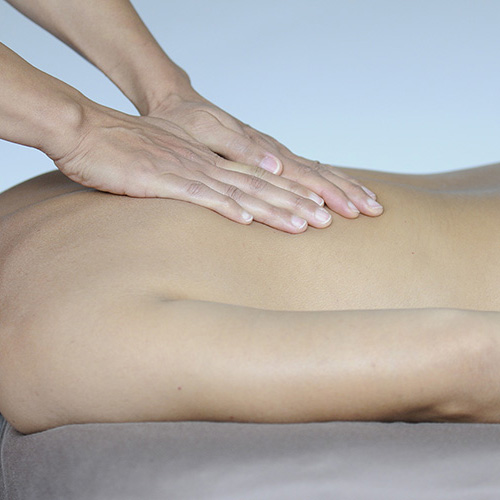
Swedish Massage
One of the most commonly taught and well-known massage techniques, Swedish massage is a vigorous system of treatment designed to energize the body by stimulating circulation. Practitioners use five basic strokes, all flowing toward the heart, to manipulate the soft tissues of the body.
The disrobed client is covered by a sheet, with only the area being worked on exposed. Therapists use a combination of kneading, rolling, vibrational, percussive, and tapping movements, with the application of oil, to reduce friction on the skin.
The many benefits of Swedish massage may include generalized relaxation, dissolution of scar tissue adhesions, and improved circulation, which may speed healing and reduce swelling from injury. In general, Swedish massage is the basis for a general massage session.
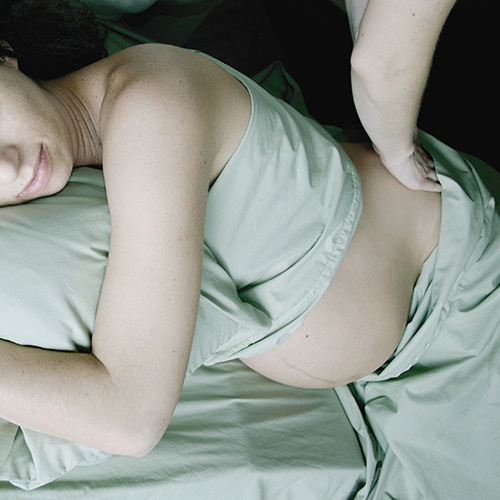
Prenatal/Pregnancy Massage
Performed by a trained specialist, many methods of massage and somatic therapies are both effective and safe prenatally, during labor, and during postpartum periods of women’s pregnancies. A Pregnancy Massage is any massage on a pregnant woman and after birth (the first week or so). Postnatal massages are regular massages, but they take into account the general physical changes that occur during pregnancy but that don't immediately change just after labor.
Prenatally, specific techniques can reduce pregnancy discomforts and concerns and enhance the physiological and emotional well-being of both mother and fetus. Skilled, appropriate touch facilitates labor, shortening labor times and easing pain and anxiety. In the postpartum period, specialized techniques rebalance structure, physiology, and emotions of the new mother, and these techniques may help her to bond with and care for her infant.
Specialized, advanced training in the anatomy, physiology, complications, precautions, and contraindications is highly recommended, and many practitioners require referrals from physicians prior to therapy.
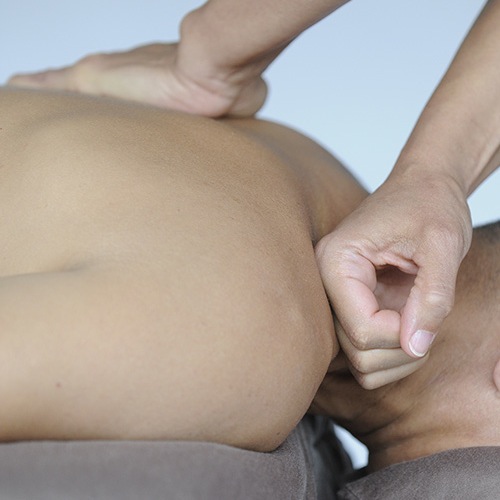
Deep Tissue Massage
Techniques that use deep tissue or deep muscle massage affect the sub-layer of musculature and fascia. These techniques require more advanced training and a more thorough understanding of anatomy and physiology. The muscles must be relaxed to effectively perform deep tissue massage, otherwise tight surface muscles prevent the practitioner from reaching deeper musculature.
Deep tissue massage helps with chronic muscular pain and injury rehabilitation, and it reduces inflammation-related pain caused by arthritis and tendinitis.
Deep tissue work is often integrated with other massage techniques. If you specifically schedule a Deep Tissue Massage, you get deep tissue work throughout your body for that session.
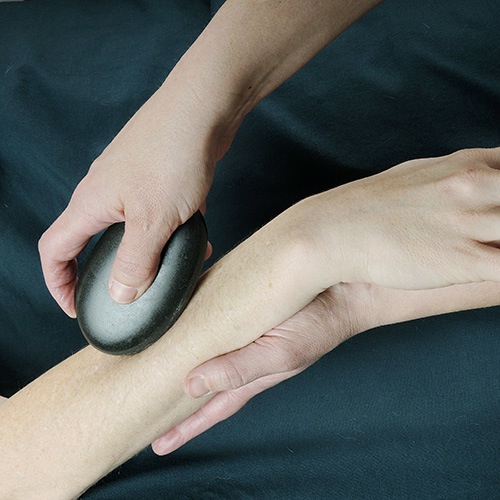
Hot Stone Massage
With this type of massage, the practitioner places smooth, heated stones on the body or can use the stones to augment her own hands. The heat can help warm up tight muscles and allow the practitioner to delve more deeply and more quickly into tight areas. The heated stones, themselves, can be deeply relaxing.
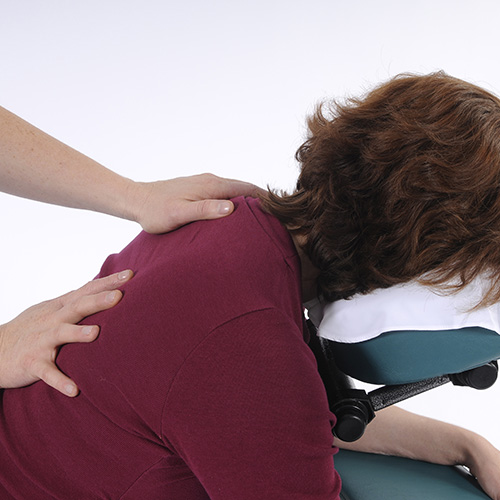
Chair Massage
Also called on-site and seated massage, chair massage includes techniques that provide fully-clothed seated massage, bodywork and somatic therapies to clients, generally in a corporate or business setting. Practitioners can use shiatsu, amma, Swedish, or other body work techniques.
Any 'regular' massage includes Swedish massage as the basis, but may include reflexology, aromatherapy, trigger point therapy, lymphatic drainage, or some deep tissue work — depending on your body's needs. If you schedule a Deep Tissue Massage, you get deep tissue work throughout your body.